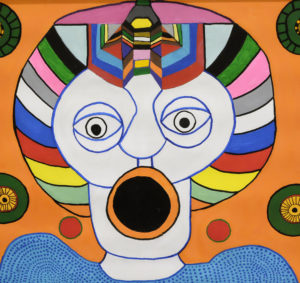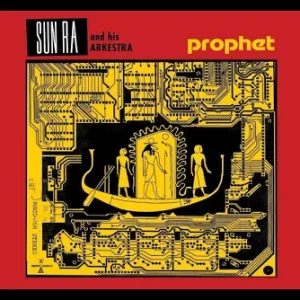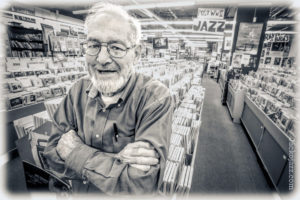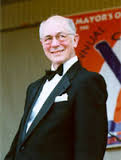Roscoe Mitchell — internationally renown composer, improviser, ensemble leader, winds and reeds virtuoso who has pioneered the use of “little instruments” and dramatic shifts of sonic scale in the course of becoming a “supermusician . . .someone who moves freely in music, but, of course, with a well established background behind . . .”* reveals […]
Electroacoustic improv, coming or going? (Herb Deutsch, RIP; synths forever?)
As the year ends/begins, I’m thinking electroacoustic music is a wave of the future. But maybe it’s been superseded by other synth-based genres — synth-pop, EDM, soundtracks a lá Stranger Things. Is Prophet, the just released 1986 weird-sounds bonanza from Sun Ra with his Arkestra exploiting the then new, polyphonic and programmable Prophet-5 synth, timeless […]
Record man Koester’s blues and jazz legacy
Chicagoan Bob Koester, proprietor of the Jazz Record Mart and Delmark Records for nearly 70 years, is a model of music activism and entrepreneurship from an era rapidly receding and unlikely in current business circumstances. Neil Genzlinger did a nice formal New York Times obit, and I’ve written a remembrance for the Chicago Reader. Although […]
Chicago Jazz fest images, echoes
The 41st annual Chicago Jazz Festival has come and gone, as I reported for DownBeat.com in quick turnaround. I stand by my lead that the music was epic — cf. Marc PoKempner‘s beautiful image of the Art Ensemble of Chicago at Pritzker Pavillion, facing east towards Mecca just before their African percussion-driven orchestral set. And […]
Dr. Richard Wang, enabler of AACM experimentalists, RIP
In his first college teaching job at Wilson Junior College during the early 1960s, trumpeter Dick Wang encountered a cadre of exploratory young Chicago musicians who would soon form the AACM (Association for the Advancement of Creative Musicians). He encouraged them. He introduced Roscoe Mitchell, Joseph Jarman and Malachi Favors, Anthony Braxton, Henry Threadgill, Ari Brown […]
Announcing eyeJAZZ.tv & Happy 45th b’day AACM
eyeJAZZ.tv, a wave of guerrilla video music-news clips being initiated by the Jazz Journalists Association, has posted its first example — my brief production from last week’s 45th birthday concert of the AACM featuring composer-saxophonist Roscoe Mitchell, flutist and AACM chair Nicole Mitchell (no relation) and saxophonist Ari Brown, at Chicago’s Museum of Contemporary Art.
Anti-jazz, the still-new thing
International House Philadelphia hosts a series way beyond old jazz conventions, with roots in the wild stuff fav’ son John Coltrane blew in 1961. I delve into the 50-year controversy for PMP online magazine of the Philadelphia Music Project here, before the Art Ensemble of Chicago plays what it’s come to on Saturday, March 6.




